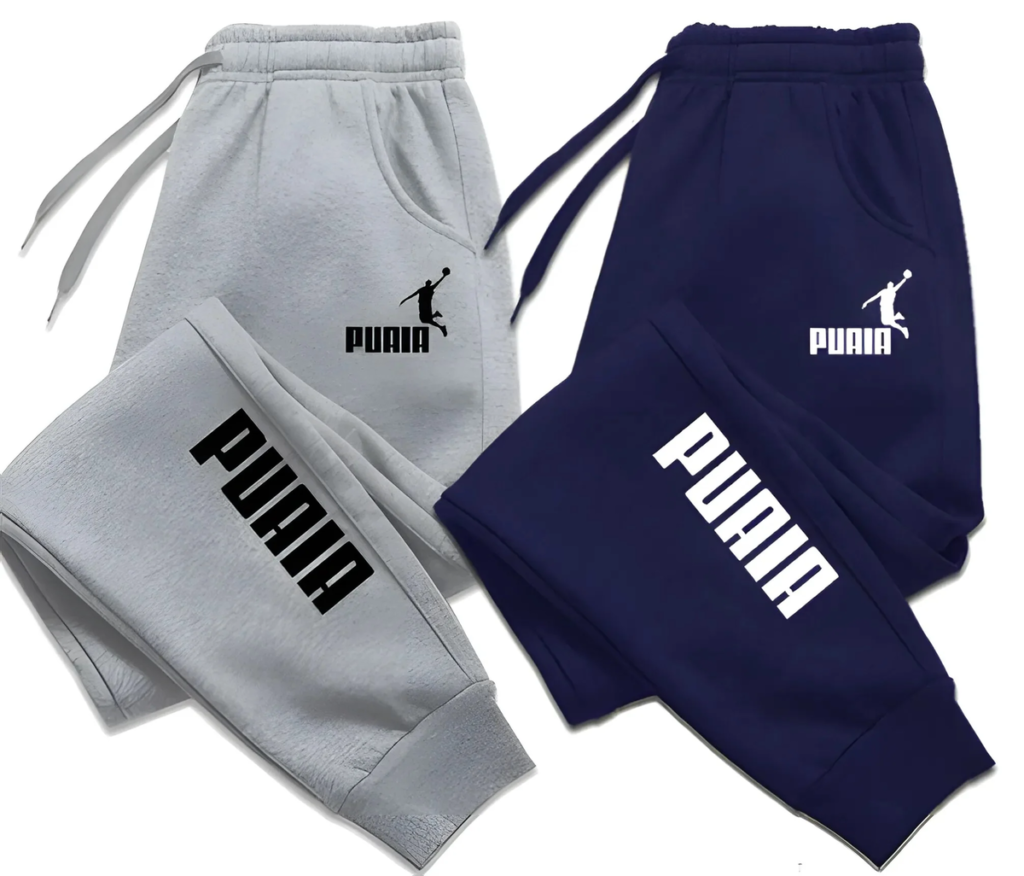Fashionable mens trousers
The history of Fashionable mens trousers is rich and varied, reflecting societal changes, cultural norms, and fashion trends throughout the centuries. As a fundamental garment in modern wardrobes, they serve as a perfect blend of comfort and style, making them indispensable in both men’s and women’s fashion.
Historical Origins
The concept of this essential clothing item dates back to ancient civilizations. Early versions were primarily worn by nomadic tribes who needed practicality and freedom of movement for activities like riding horses. The first known examples emerged from regions such as Persia and China, where they were crafted from durable materials suited for everyday tasks.
In Europe, the popularity of this garment grew during the Middle Ages. Men typically wore them under tunics, and styles varied significantly based on social status and regional influences. By the 16th century, more fitted designs began to emerge, marking a notable shift in fashion. This period signified the transition from purely functional attire to an essential part of a well-dressed individual’s wardrobe.
The 19th Century: A Transformative Era
The Industrial Revolution was a pivotal time in the evolution of clothing. As more people moved to urban areas and began working in factories, this garment became synonymous with the working class. The practicality of design allowed for comfort and ease of movement, making it a popular choice for labor-intensive jobs.
During the 20th century, the perception of this garment underwent significant changes, particularly for women. The impact of World War I was crucial, as women entered the workforce in greater numbers, requiring more practical clothing. This marked a turning point, allowing women to embrace styles that were previously reserved for men, thereby challenging long-held gender norms.
Women’s Fashion and the Rise of Trousers
The 1920s heralded a new era for women’s fashion, significantly influenced by designers like Coco Chanel. Women began to adopt more versatile clothing, including the stylish adoption of this garment into their everyday attire. This change was revolutionary; it marked a departure from traditional feminine clothing, embodying a sense of freedom and modernity.

By the time the 1960s and 1970s rolled around, the acceptance of this style had become widespread. The emergence of bell-bottoms and high-waisted designs reflected the cultural shifts of the time, showcasing a spirit of rebellion and individuality. Fashion icons such as Katharine Hepburn and Marlene Dietrich played vital roles in popularizing this look, proving that it could be both fashionable and empowering.
Contemporary Styles and Innovations
Today, the variety available is astounding, catering to an array of tastes and lifestyles. From tailored office wear to relaxed loungewear, options are virtually limitless. This versatility is one of the primary reasons this garment remains a staple in wardrobes around the world.
Athleisure has become one of the most notable trends in recent years. This style merges comfort with fashion, allowing for relaxed pieces to be worn in various settings. Joggers and sweatpants have transitioned from gym wear to chic outfits, offering a stylish yet comfortable alternative for casual outings.
Tailored options remain essential for professional attire. High-waisted and cropped styles have surged in popularity, providing a polished look that can easily transition from day to night. Fabrics like wool, cotton, and linen are commonly used, with patterns ranging from classic solids to vibrant prints, catering to diverse preferences.
Cultural Significance
Beyond being merely a clothing item, this garment represents cultural shifts and societal values. In many cultures, the choice of style can signify social status, profession, or identity. Traditional garments, such as the salwar in South Asia or the dhoti in India, serve similar functions while embodying rich cultural significance.
Moreover, this clothing item has played a vital role in movements advocating for gender equality. The push for women to wear such styles in various settings has become emblematic of broader societal changes. Images of women confidently sporting these outfits during the feminist movements of the 1960s symbolize a fight against restrictive gender roles and traditional expectations.
Sustainability and the Future
In recent years, awareness around sustainability in fashion has increased significantly. As consumers become more conscious of their purchasing decisions, many are now seeking ethically produced clothing options, including those that focus on sustainability. Brands are responding by creating collections that prioritize eco-friendly materials and responsible manufacturing practices.
Thrifting and vintage shopping have surged in popularity, allowing individuals to find unique pieces that reflect personal style while promoting sustainability. This movement not only reduces waste but also celebrates the rich history of fashion, encouraging individuals to invest in timeless pieces.
Conclusion
The evolution of the trouser garment is a testament to its versatility and enduring appeal. From practical origins to contemporary trends, it has adapted to meet societal needs and individual expression. Trousers staple reflects cultural changes, gender dynamics, and modern styles, making it a key component of wardrobes worldwide.
As we continue to explore new trends and revisit classic designs, the enduring significance of this clothing item is evident. Its ability to combine comfort, functionality, and style ensures that it will remain a cherished element of fashion for generations to come. Whether dressing for the office, a casual gathering, or a formal event, it offers endless possibilities for expression, proving that this timeless garment is here to stay.
